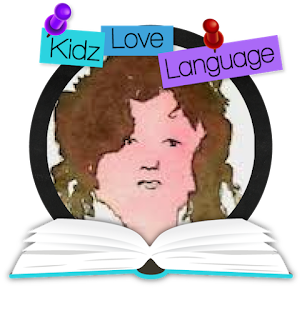I find a lot of professionals and parents alike who don’t really understand what AAC means.
So, first, to break it down, let’s look:
A= Alternative
A = Augmentative
C = Communication
Alternative is typically what we’re talking about in AAC. These students need an alternative to speech because they are completely non-speaking, or because they have so few words that they cannot meet their communication needs at all.
Augmentative is the one part people tend to forget. To augment is to add to. And that’s what we do with AAC for individuals who have some speech, but not enough to meet all of their communication needs. It’s also what we do for individuals who have speech, but their speech is unintelligible so much of the time that they need a functional repair strategy, so that they can fix the breakdowns in communication when others don’t understand them.
One of the biggest groups I see with this difficulty is those individuals with cerebral palsy whose speech is so dysarthric that it is unclear to most of their listeners much of the time.
Another group I see with this need is children with apraxia of speech who may have some speech, but it does not function for their all of their needs.
AAC as a repair strategy is a novel idea for some, and is a “hard sell” sometimes. We speech-language pathologists take the ‘speech’ part very seriously. But when we’re not meeting the needs of our students, we need to step back and remember that our goal, really, is communication; that last pesky letter in AAC.
AAC as a way to augment what speech the user has is often delayed while teams work on speech to the point where students themselves are frustrated with their inability to communicate.
One of the most persistent myths about AAC is that it shouldn’t be used for students who have some speech. That it will delay their speech further or become a “crutch.”
However, research now tells us that far from delaying speech, AAC used consistently can actually help students develop their speech skills more.
And, far from being a crutch, it is a tool that helps students develop their language and communication skills.
So, what, exactly, is communication? According to the National Joint Committee for the Communication Needs of Persons with Severe Disability, it is:
- “any act by which one person gives to or receives from another person information about that person’s needs, desires, perceptions, knowledge or affective states. Communication may be intentional or unintentional, may involve conventional or unconventional signals, may take linguistic or nonlinguistic forms, and may occur through spoken or other modes”
This definition puts the focus on the extent to which there is shared meaning between the communicator and his partners - NOT on whether the interaction is spoken.
AAC refers to all modes that make communication easier; and can include gestures, facial expressions, alphabet or pictures, computers, and signs.
So, before you say, "He's note ready for AAC,” remember - even babies communicate. No one is too impaired to learn some communication skills.
I’m pretty sure that if you look at your students who “aren’t communicating,” that you will find that they truly are.
Ascribe meaning to what they do do, and……… keep on modeling.
Want some year-long help with meeting the needs of your aac users? Here is a kit to get started and keep you going all year.




The school offers pickup and drop transport office for regions and others. One watchman will suit in the van to manage the youth in the midst of the progression. The school ensures opposing idea and to affect estimation of the time they to spend her Play School in HSR Layout
ReplyDelete